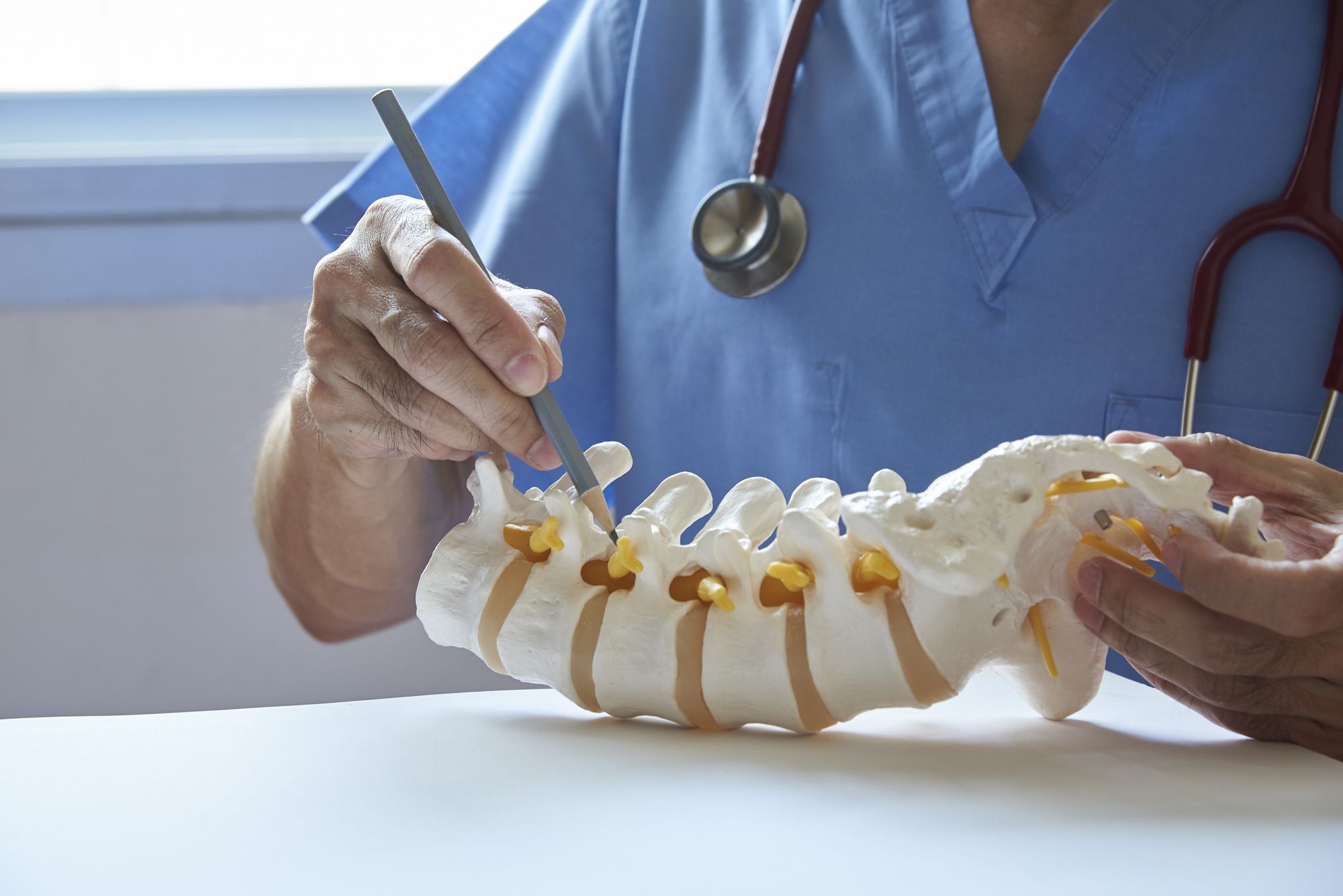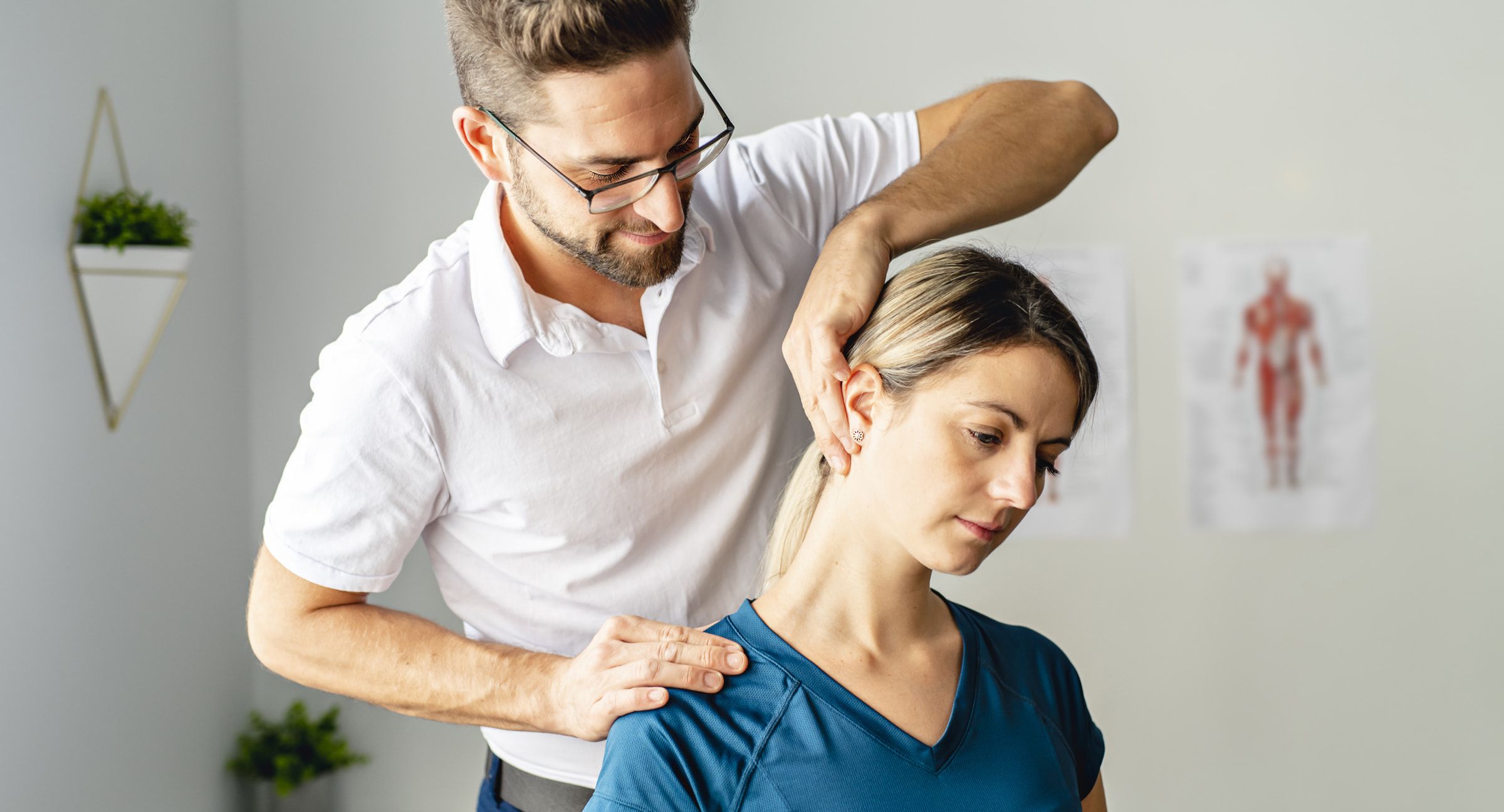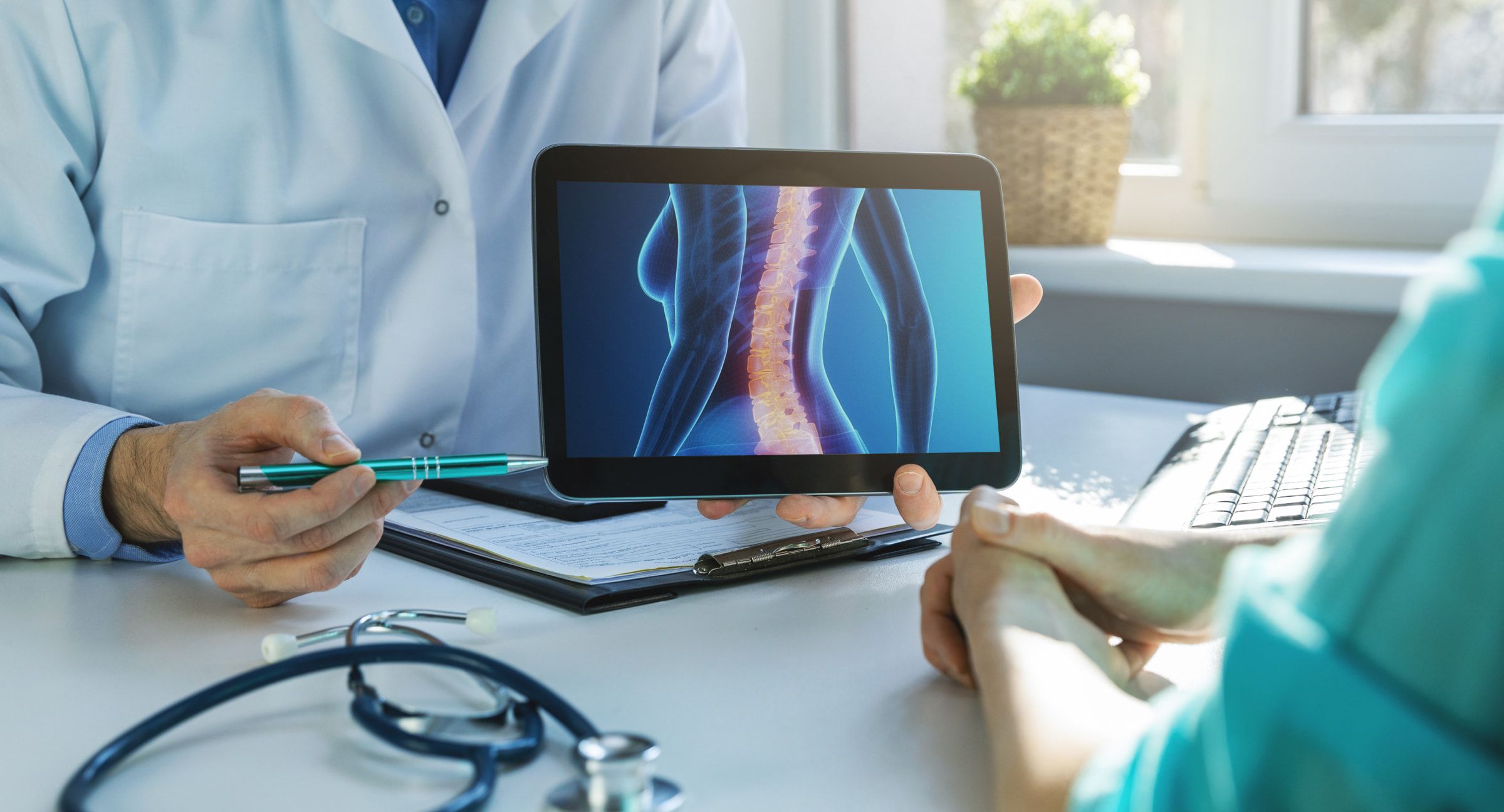- Spine Health
The Signs and Symptoms of Spinal Stenosis

Debilitating back pain is a daily reality for millions of people across the globe. It's so prevalent that up to 80% of people will experience it in their lifetime, making it the primary reason for disability around the world.
When you're injured in a fall or other accident, it's easy to pinpoint the cause of your back pain. However, some conditions progress gradually enough that they're difficult to identify. Vertebral stenosis is one of these conditions, and many people that have it don't even know what it is.
If you have back pain that's slowly getting worse and you aren't sure where it's coming from, it could be spinal stenosis. Read on to learn about the signs and symptoms of this condition and what to do if you have it.
What Is Spinal Stenosis?
Your spine consists of a stack of bones, called vertebrae, that have a small coin-sized hole (the spinal canal) running through the middle of them. That hole leaves space for your spinal cord, the bundle of nerves that starts at your brain and runs out through the rest of your body.
Spinal stenosis—also called vertebral stenosis—is a medical condition in which the spinal column narrows. Over time, it begins to put pressure on the delicate nerves of the spinal cord. The pressure keeps the nerves from sending signals throughout your body, making it harder to turn, bend, walk, and stand.
This condition often develops over a number of years instead of all at once. It can affect all or only part of the spine, but the lower back and neck are the most common sites affected.
Spinal Stenosis Symptoms
Some people with spinal stenosis won't ever experience noticeable symptoms. For others, though, the effects can be debilitating. Symptoms vary from person to person and tend to worsen as the condition progresses.
In the beginning, you may notice some numbness, pain, or tingling in your lower back and/or neck. Some people experience sciatica, a shooting pain that radiates from their hip down their leg. This pain often gets worse while you're walking around, and sitting down or bending forward can offer some relief.
Over time, you might begin to experience numbness and weakness in your arms, legs, or buttocks. If the compression becomes too severe, you might start to have trouble controlling your bladder. Some people with extreme cases of vertebral stenosis have also experienced paralysis, but this is rare.
If you have noticed a few of these symptoms and suspect you may have spinal stenosis, visit your doctor for a physical exam. They may give you an X-ray, CT scan, bone scan, or MRI to take a closer look at the health of your vertebrae. They might also use an electromyelogram to examine your spinal nerves for damage.
After diagnosis, your doctor will help you come up with a treatment plan to manage your symptoms.
Causes of Vertebral Stenosis
Unfortunately, the normal wear and tear that comes along with getting older is the most common cause of vertebral stenosis. As we age, our bones and tissues tend to degenerate and thicken. Combined with inflammation, this can lead to the narrowing of the spinal cord opening.
In some cases, an injury to the spine in a car accident, fall, or contact sport can leave behind bone fragments or soft tissue damage. The inflammation from this injury can cause stenosis symptoms to appear. They may resolve on their own as the injury heals or may need further treatment.
Other risk factors for vertebral stenosis include rheumatoid and osteoarthritis, Paget's disease, degenerative spondylolisthesis, and bone tumors.
Some people have genetic conditions that increase their risk of stenosis. These include achondroplasia, scoliosis, and other congenital spinal defects. Finally, some people are born with a narrow spinal cord, meaning even small amounts of stenosis can cause symptoms.
There's no 100% effective way to prevent stenosis of the spine, but keeping your back healthy is a great start. Make sure you stay active, make stretching a part of your daily routine, and use good body mechanics when lifting things and moving around.
Treatments
A spinal stenosis diagnosis isn't a death sentence by any means. Getting a proper diagnosis and seeking treatment can help you continue to live a full, pain-free life.
Your doctor may start by prescribing NSAIDs or cortisone injections to reduce the pain and swelling. Heat, ice, and acupuncture are also effective for some patients with minor symptoms.
If your symptoms are severe, surgery might be your best option. Some surgeons prefer to do a laminectomy, in which they remove some of the vertebral bone to make space for the spinal cord. In other cases, they'll perform a foraminotomy to open up the part of the spine where the nerves exit into the body.
For many people who are dealing with moderate symptoms, though, chiropractic care is a great choice. When combined with spinal decompression, massage, and electrical stimulation, you can see a significant reduction in symptoms. After a few treatments, you'll be able to move around without as much pain, numbness, and weakness getting in the way.
Are You Dealing With Chronic Back Pain?
If you're struggling with chronic back pain, be it from vertebral stenosis or another condition, help is available. Seeing an experienced spine specialist for treatment can help you manage and reduce your pain, getting you back to living a normal life.
If you're looking for a chiropractor in San Diego, CA, the Inner Balance Institute is there for you. Dr. Shannahan knows from personal experience the difference that excellent chiropractic care can make. Contact us today to schedule your spinal stenosis evaluation and get started on the road to recovery.


